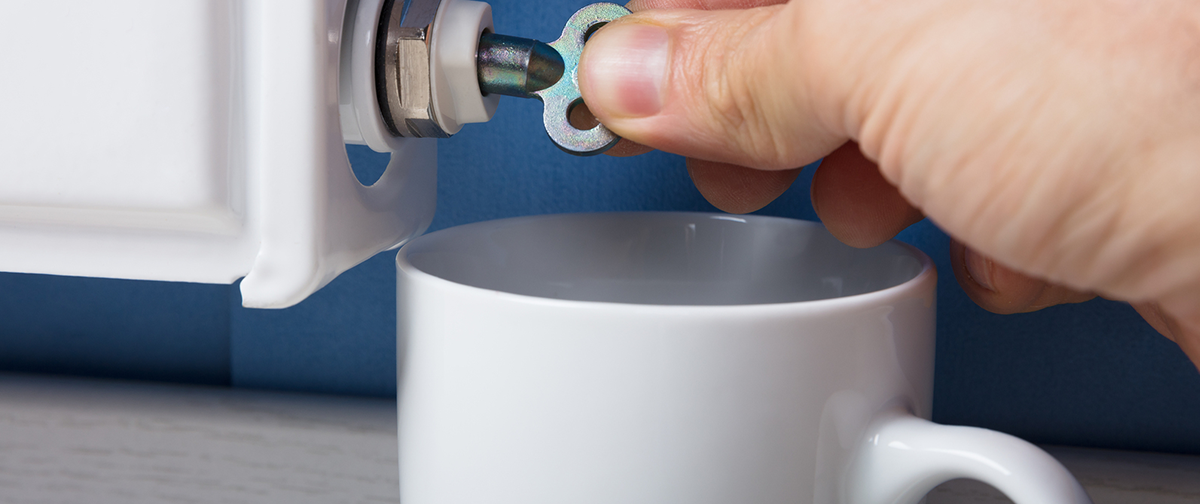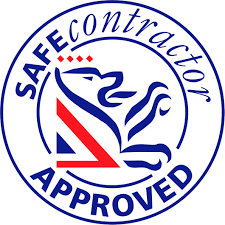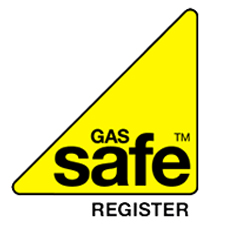Frequently Asked Questions – (F.A.Q)
Low Boiler Pressure
What Causes Low Boiler Pressure?
There are two very common causes for losing boiler pressure: water leaks and bleeding radiators.
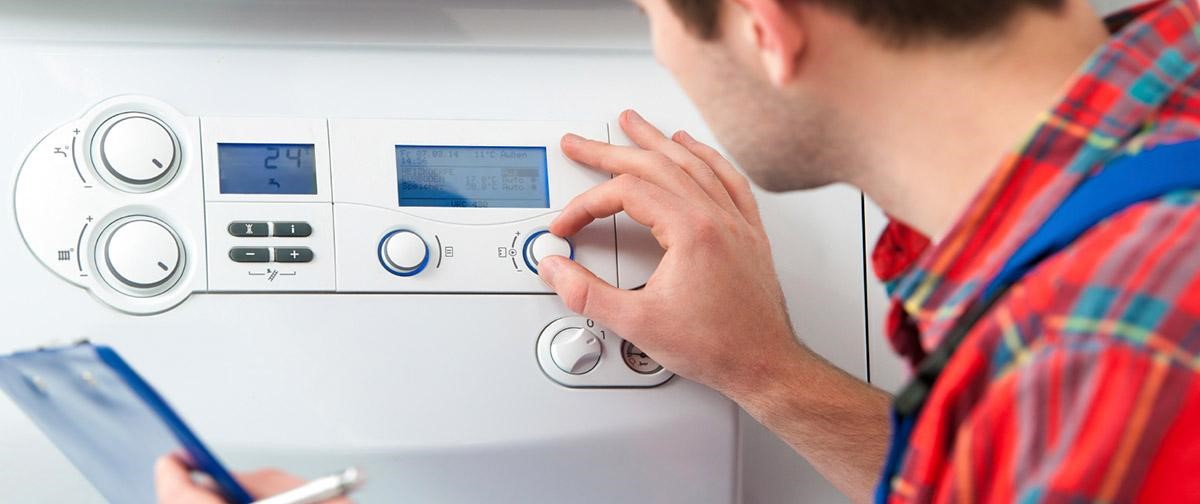
A leak from your pipes, boiler or radiators can often be hard to spot but take a look around your home for any damp patches and water. You should never attempt to look for leaks inside your boiler though, always contact a Gas Safe Registered engineer.
When you bleed a radiator, you’re releasing air and with it lowering the pressure in your system, which can create a drop in water pressure as a result.
These aren’t the only reasons your boiler pressure might be low so if you can’t find a leak and you haven’t been bleeding your radiators recently then consult on of our qualified engineers.
Most modern boilers have built-in pressure gauges, so you can easily check the level yourself. The majority of boilers will sit between 1 and 2 bars of pressure – if yours is below one, then it’s probably too low.
Once you know that the drop in pressure hasn’t been caused by a leak or a leak has been fixed, you can repressurise your boiler to bring it back to the normal level. You can do this yourself by following our eight simple steps below, but if you don’t feel confident enough, then you should contact one of our qualified professionals.
- Turn the boiler off and give it time to cool down
- Locate the filling loop – this is usually a metal hose with two valves attached (1 at each end)
- Attach the filling loop to your system, if it’s not already, ensuring it’s tight and secure (you might have to remove end caps from the pipes to do this)
- Open the valves on your filling loop (or valve if there’s just 1) to allow water from the mains into the heating system – you should be able to hear the water flowing into your boiler at this point
- Keep an eye on the pressure gauge, filling it until it reaches the 1.5 marks is usually ideal – be careful not to over-pressurise
- Turn the valves back to their original position to stop the flow of water
- You should then release the filling loop – expect some water to come out of the loop. If water is continuously flowing, tighten the valves
- Replace any end caps you removed from your boiler pipes
After following these steps, you should be left with a re-pressurised boiler, but if you haven’t had any luck, then you should contact us and one of our Gas Safe Registered engineer who will be able to locate the problem and find a solution.
FROZEN CONDENSATE PIPE
All condensing boilers whether Combi, System or Regular, have a condensate pipe which transports acidic water, caused by waste gas, away from the boiler. In most cases, this pipe will run outside into a drain and because of its location it faces the risk of freezing during the winter months.
If the condensate pipe has frozen then your boiler will probably display a fault code or warning notification. To locate the condensate pipe, it’s the plastic pipe (usually white and roughly 2cm wide) and should lead outside of your property into a drain.
You can thaw out condense pipes using a hot water bottle, microwaveable heating pack or warm cloth on the frozen part of the pipe. Alternatively hot, rather than boiling, water can be poured over it. After thawing the pipe, you might need to reset the boiler to fire it up again.
While it’s possible to do this yourself, if you feel even the slightest bit unsafe then don’t hesitate to contact a qualified engineer.
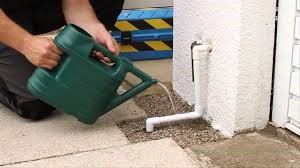
Condensate pipes can’t be metal which makes finding them that much easier as they’re made out of plastic, unlike the other pipes that are connected to the boiler. This pipe will lead outside and come out of the wall fairly low down, right above a drain.
Being outside means that during the winter months, the acidic water running out of the condensate pipes is prone to freezing. Any water that freezes inside the pipe ends up blocking more water from escaping through the pipe, meaning that water builds up in the boiler.
At this point, to prevent serious damage to the boiler from flooding, it will switch itself off until the frozen condensate pipe has been thawed out.
To help prevent the condensate pipe from freezing, the Heating & Hotwater Industry Council (HHIC) advise operating the boiler at a higher flow temperature which will lower the amount of condensate that forms, ultimately reducing the chances of the pipe freezing. However, this does mean that the radiators will be hotter and you’ll be paying more for the heating. Remember to turn the boiler thermostat down after the extremely cold weather has passed.
Before attempting to unfreeze a condensate pipe, you first need to ensure that’s the cause of the fault. In many cases, your boiler will display an error code to make you aware but if your boiler doesn’t then it can often be recognised by a gurgling noise coming from your heating system.
If your boiler has been working well up until a period of below freezing temperatures then that’s a strong indication that the condensate pipe has frozen.
If your condensate pipe has frozen, don’t worry, this can be resolved in just a few steps without even having to contact a heating engineer.
It’s important to find the blockage before taking any further actions so that you know you’re thawing out the right part of the pipe. This often occurs where there’s a bend or dip in the pipe.
Once you’ve located the blockage, there are several ways that you can unfreeze the condensate pipe:
- Applying a hot water bottle, microwaveable heating pack or warm cloth to the frozen part of the pipe.
- Pouring hot water over the frozen part of the condensate pipe using a watering can – don’t use boiling water as it could cause the plastic pipe to melt.
Be cautious of the water on the floor when pouring water over the condensate pipe as it could quickly freeze and become slippery.
RADIATORS NOT HEATING UP
In the case that some of your radiators aren’t heating up then there could be a build up of sludge or air in the system. If only the bottom of your radiator is getting hot then you might need to bleed the radiator. This is fairly straightforward and doesn’t require an engineer but if you don’t feel comfortable doing it then contact a professional.
It is quite easy to tell when a radiator needs bleeding as the top section will remain a lot cooler than the bottom section, or in severe cases the entire radiator will stay cold when the heating system is turned on. This happens because trapped air displaces the hot water that normally heats the radiator.
This air gets released when you bleed your radiator. The hot water will be able to flow freely when the air is released.
